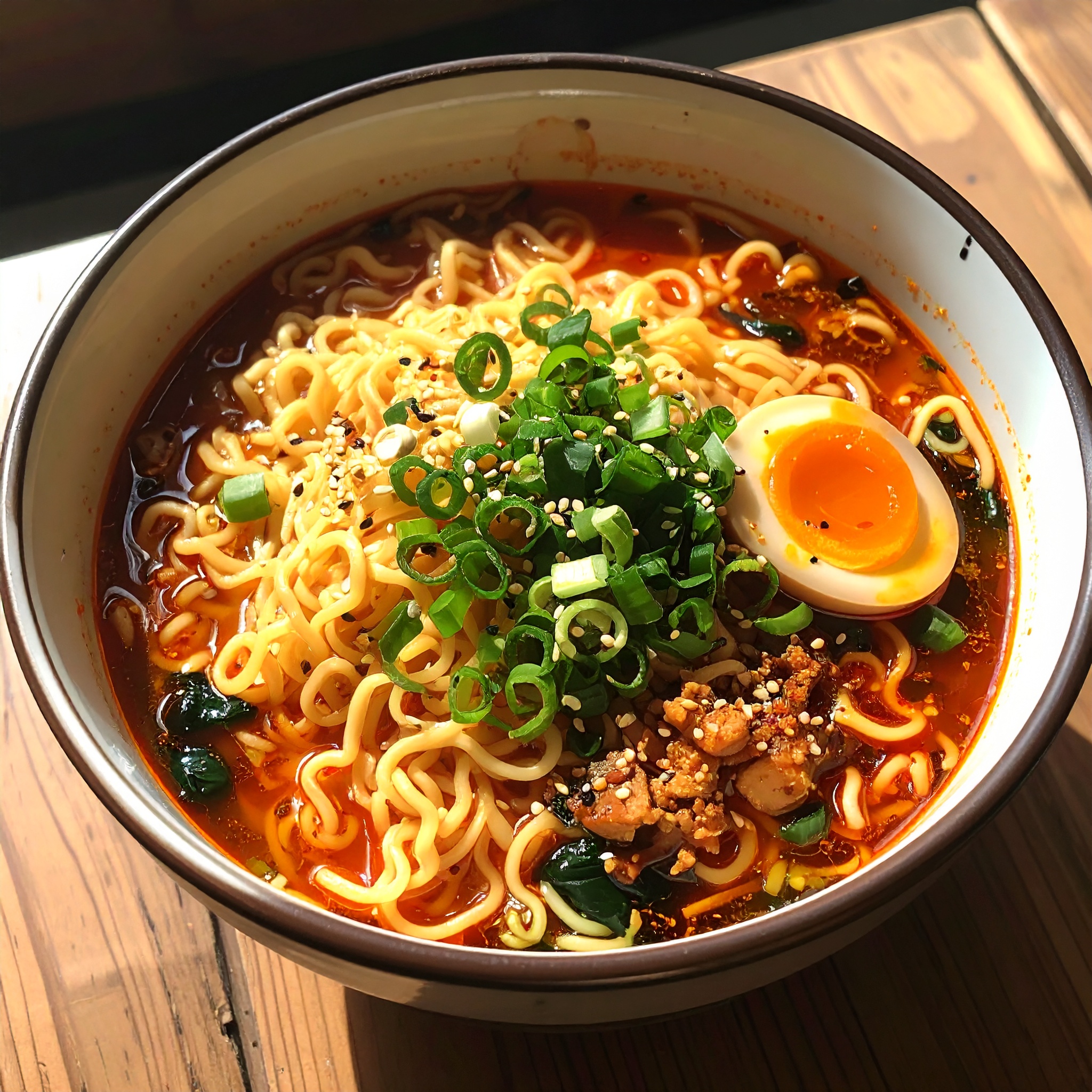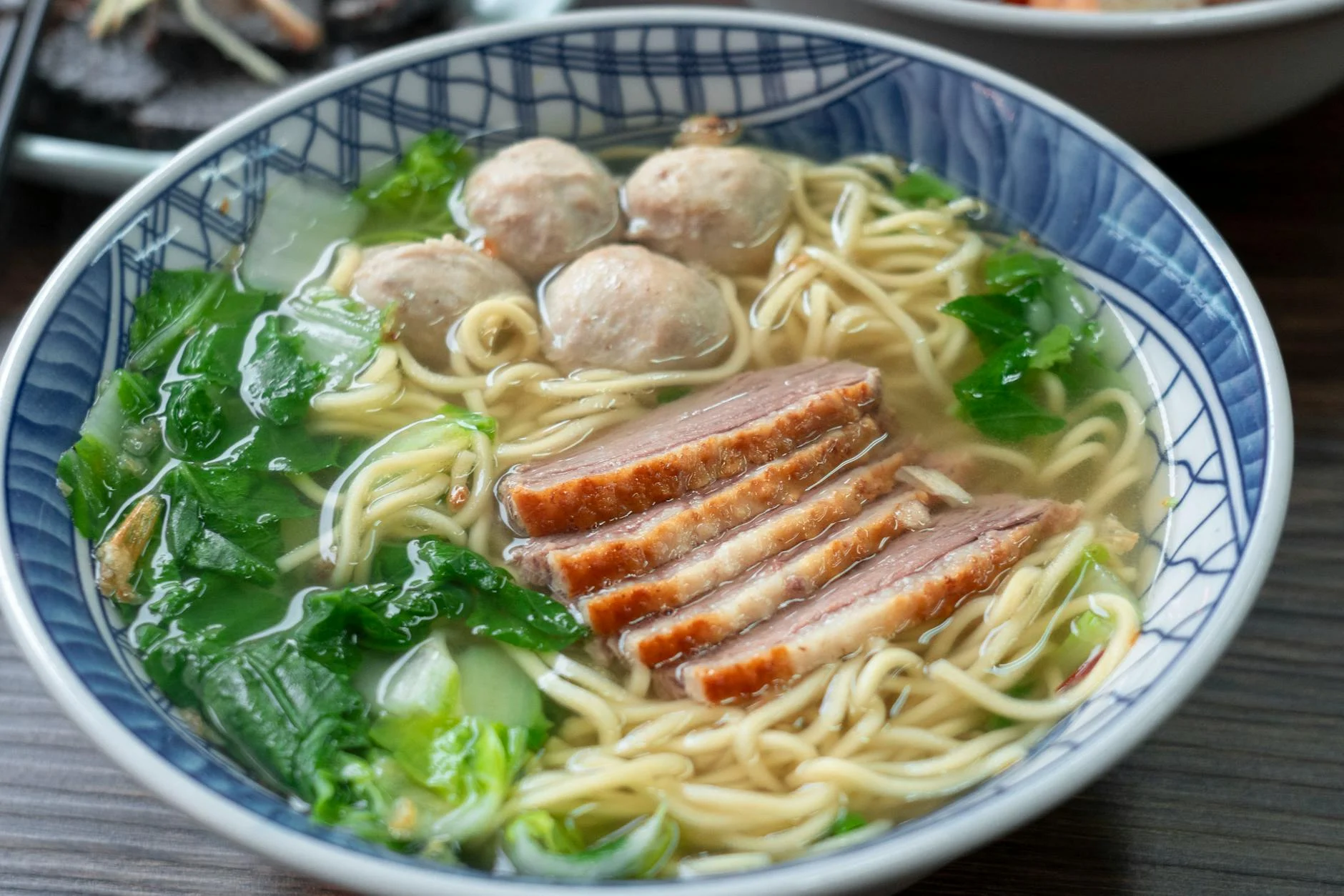From ramen and udon to soba and pasta, noodles are cherished across the globe as a staple food. Yet in Japan, noodles hold a place beyond mere carbohydrates—they are cultural expressions in their own right. In the world of ramen, where broth and tare once reigned supreme, there is now a growing appreciation for the noodle itself as the heart of the dish. This evolution has given rise to a distinctive culinary movement: jikaseimen, or house-made noodles—a craft that is increasingly regarded as a hallmark of serious ramen artistry.
Jikaseimen refers to the practice whereby chefs take full control of the noodle-making process—from selecting flour to kneading, resting, cutting, and boiling—all in-house, without relying on external factories. It is a commitment that demands space, time, technical expertise, and daily precision. And yet, more and more chefs are embracing this approach, driven by the belief that noodles can be a primary medium of expression—just as vital and nuanced as the broth itself.
Crafting noodles is a deeply sensitive and technical endeavor. It begins with the choice of wheat flour, whose region and variety affect protein levels, water retention, texture, and aroma. Increasingly, chefs are turning to domestic Japanese wheat, using their noodles to reflect local terroir and culinary heritage. Variables such as hydration ratio, salt content, and aging time further influence the final texture and flavor, making noodle-making an exercise in culinary intuition and discipline.
House-made noodles offer more than texture—they offer narrative. With the very first bite, they reveal an extraordinary density of information. The aroma of wheat rises softly to the nose; the texture evolves with every chew; and depending on the broth pairing, the entire impression shifts yet again. High-hydration noodles bring a pleasing elasticity that pairs harmoniously with rich, creamy broths, while low-hydration noodles snap crisply and complement delicate, seafood-based soups with grace and precision. No longer merely supporting the broth, the noodle has emerged as a storyteller in its own right.
What makes house-made noodles even more captivating is their individuality. Even when following the same recipe, the outcome varies subtly—affected by water hardness, humidity, ambient temperature, and flour freshness. This slight variability demands constant fine-tuning by the chef, requiring not only skill but sensitivity. Such nuances, often lost in industrial production, are what give jikaseimen its soul. These minor fluctuations—this controlled imperfection—are not flaws but hallmarks of artisanal craftsmanship.
House-made noodles possess a quiet eloquence. Every element—from the choice of wheat, to the decision on thickness, to the calibration of hydration—serves as a reflection of the chef’s culinary philosophy. For the discerning diner, this creates a shift in perception: a bowl of ramen or a serving of udon is no longer seen as the outcome of routine labor, but as the distilled result of deliberate thought. In this way, the noodle becomes a medium through which the chef’s ideas are articulated.
Beyond craftsmanship, these noodles are also deeply connected to place. When made from regionally grown wheat, kneaded with local water, and cut and cooked on site, the noodle becomes a true expression of local gastronomy. This is not merely a combination of ingredients, but a flavor shaped by geography and community—one that could only be born in that specific location.

Across Japan, the craft of house-made noodles continues to flourish in ever more sophisticated and expressive forms. Some establishments invest in large-scale noodle machines, refining their production with industrial precision. Others rely on the touch of the human hand—adjusting texture by feel through traditional hand-kneading methods. Still others collaborate with artisanal noodle producers to develop bespoke noodles that, while not strictly made in-house, remain rooted in the chef’s creative control. What matters most is not where the noodle is made, but who makes it—and why. This sense of authorship gives each bowl a story, infusing the flavor with depth and integrity.
To dine with this understanding is to enter a new kind of gastronomic experience. As the noodles reach the palate, the aroma of wheat rises gently. Each bite reveals subtle variations in elasticity, a quiet dialogue between resistance and yield. As the noodle meets the broth and slides down the throat, a realization dawns: this could only have been created here. That sequence—aroma, texture, harmony, identity—is the narrative the noodle tells.
Today, noodles are no longer seen as mere bundles of carbohydrates. They have become culinary artifacts—woven from the chef’s technique and philosophy, from the memory of place, and from countless iterations of daily refinement. Within this thoughtful construction lies a value that transcends flavor alone. It is in this background, this silent craftsmanship, that we discover something profoundly human—something deeply resonant.
In each bowl, the noodles rise as the protagonist. Their texture shifts from day to day, subtly reflecting the hand and spirit of the maker. And in that quiet variability, they speak—not with volume, but with clarity—of a chef’s worldview, made tangible through taste.




